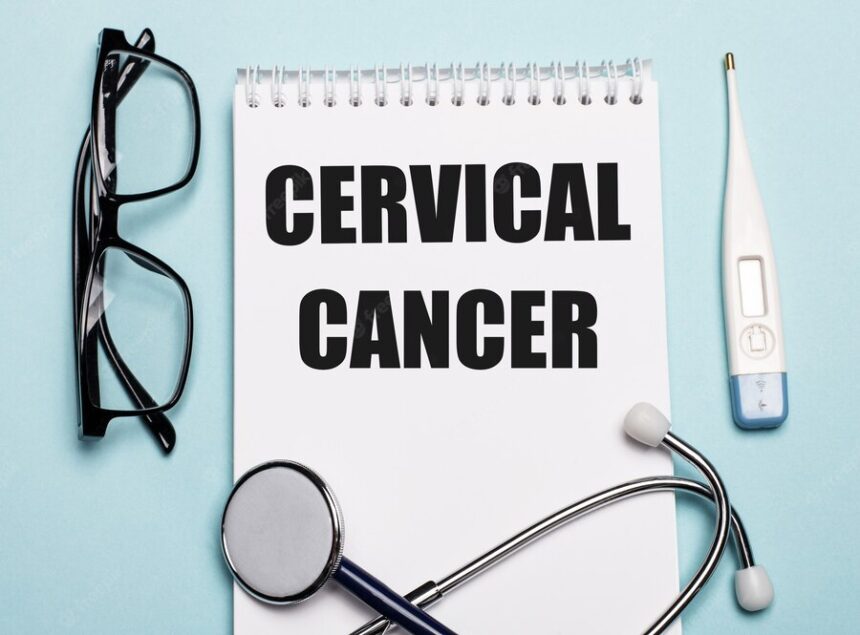Cervical cancer affects thousands of women each year, but it is preventable when detected early. Obstetricians and gynecologists (OBGYNs) play a central role in prevention through regular screenings and patient education. Understanding how these specialists work to protect women’s health can help you make informed decisions about your care. Here is more information on the role of OBGYNs in cervical cancer prevention:
What Is an OBGYN?
An OBGYN is a medical doctor who specializes in women’s reproductive health. The obstetrics portion focuses on pregnancy, childbirth, and postpartum care, while gynecology addresses the female reproductive system and related health conditions. Their care includes routine exams, prenatal care, and treating conditions like endometriosis or ovarian cysts. Regular visits to an OBGYN not only support overall reproductive health but also help detect potential issues early, enabling timely and effective treatment.
What Services Do They Offer?
OBGYNs provide comprehensive care for women throughout their lives. Routine gynecological exams form the foundation of their practice, including annual wellness visits, Pap smears, and breast examinations. These screenings help detect potential health issues before they become serious problems.
Reproductive health services include contraceptive counseling, fertility evaluations, and treatment for menstrual disorders. OBGYNs also manage conditions like endometriosis, ovarian cysts, and pelvic inflammatory disease. They provide minimally invasive interventions when conservative treatments are insufficient.
What Is Cervical Cancer?
Cervical cancer develops in the cells of the cervix, the narrow lower portion of the uterus that connects to the vagina. This cancer typically grows slowly over many years, beginning with precancerous changes in cervical cells. Not all precancerous changes will become cancer, but early detection allows for treatment before progression occurs.
The disease often produces no symptoms in its early stages, making regular screening key for detection. As cervical cancer advances, symptoms may include abnormal vaginal bleeding, pelvic pain, or pain during intercourse. Advanced stages can cause more severe symptoms affecting the bladder, rectum, and other nearby organs.
What Causes It?
Human papillomavirus (HPV) infection causes nearly all cervical cancers. HPV is a common sexually transmitted infection. Most HPV infections clear naturally without causing health problems, but persistent infections with high-risk types can lead to cellular changes.
Several factors increase the risk of developing cervical cancer beyond HPV infection. Smoking weakens the immune system and makes it harder for the body to fight HPV infections. Having multiple sexual partners or becoming sexually active at a young age increases HPV exposure risk. Immunosuppression from conditions like HIV or medications used after organ transplantation can also increase cancer risk.
How Do OBGYNs Help Prevent It?
OBGYNs prevent cervical cancer through three primary approaches: screening, vaccination, and education. Regular Pap smears detect precancerous changes before they become malignant. These tests involve collecting cells from the cervix for laboratory analysis. HPV testing may be performed in conjunction with Pap smears to identify high-risk virus types.
Prevent Cervical Cancer
OBGYNs serve as the primary defense against cervical cancer through comprehensive screening programs and patient education. Their specialized training allows them to detect precancerous changes early and provide appropriate treatment before cancer develops. Regular visits to an OBGYN create opportunities for prevention that can save lives.
Schedule your routine gynecological exam today to discuss your cervical cancer risk and screening schedule. Your OBGYN can provide personalized recommendations based on your age, health history, and risk factors. Taking this proactive step helps protect your health and reproductive wellness.
- Neuropathy and Foot Pain: Causes, Symptoms, and Treatments
- The Role of Your OBGYN in Preventing Cervical Cancer
- How Osteoporosis Impacts Women’s Health and Ways to Protect Your Bones
- The Essential Role of an Implant Specialist in Complex Restorative Dentistry
- How IVF is Changing Fertility Treatments for Same-Sex Couples








